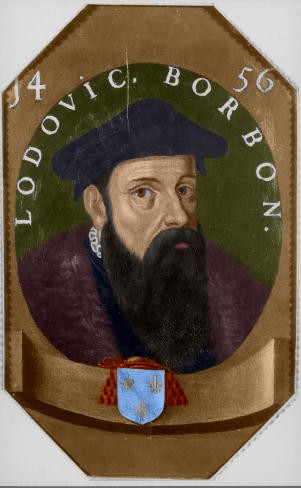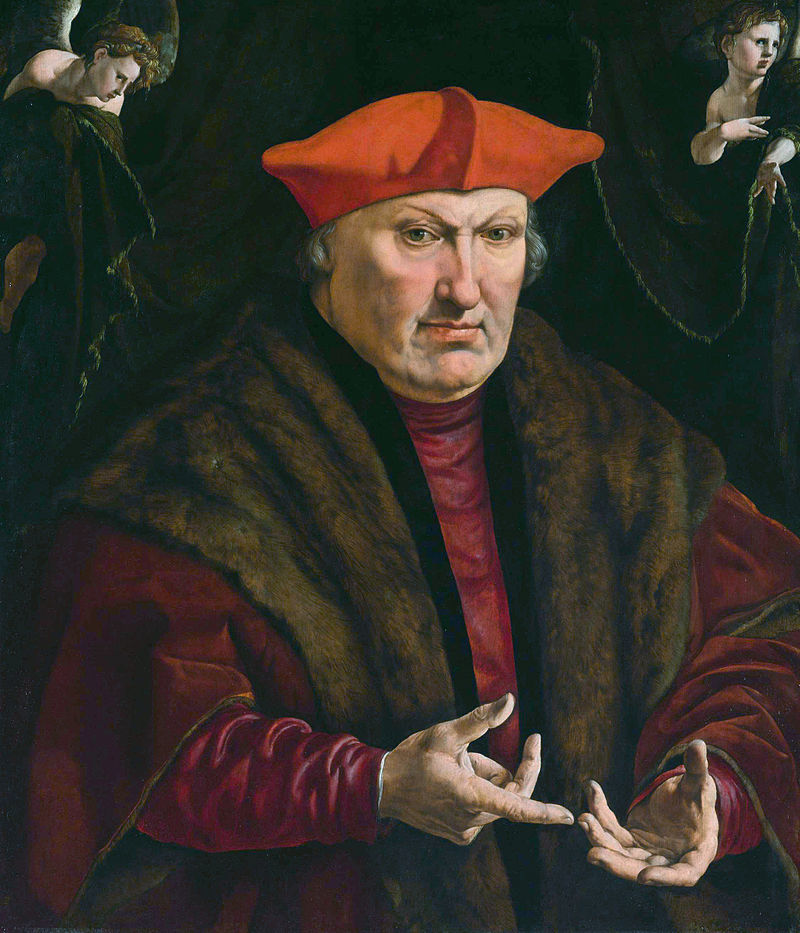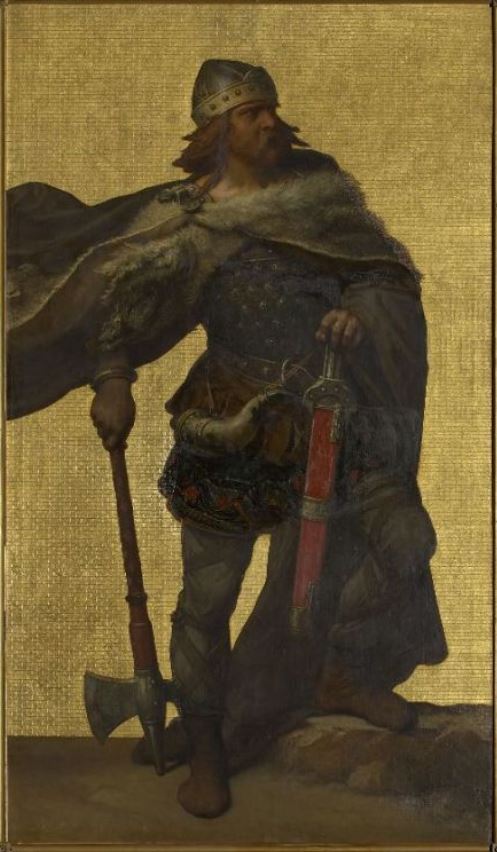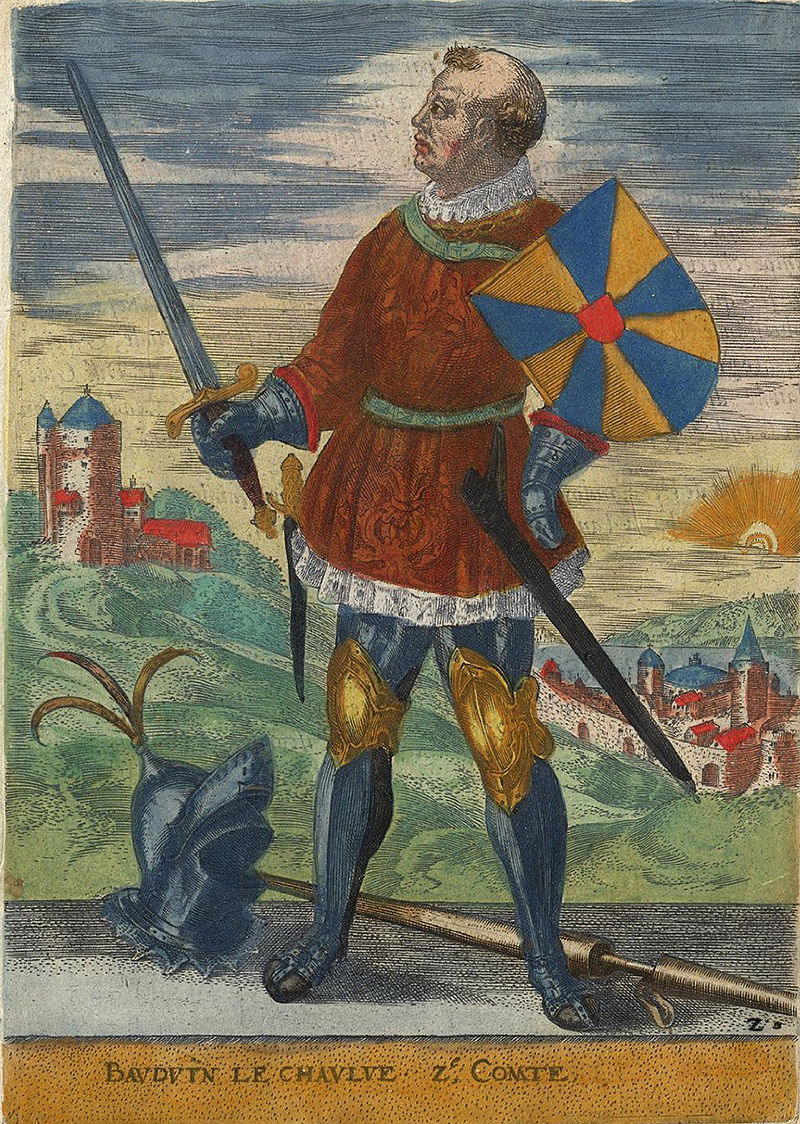Today we will look at the Prince-Bishopric of Liège, a state within the Holy Roman Empire that existed till 1795 and has a fascinating history. A #thread #twitterstorians 

The Bishopric of Liège already existed for quite some time when in 985 and 987 Bishop Notger acquired the counties of Huy and Bruningerode, thus allowing him to claim secular power as well and morphing his bishopric into a principality. 

In the course of centuries the Prince-Bishops acquired more land as they got their hands on the Lordship of Bouillon in 1096, the County of Loon in 1366 (after the Wars of the Loon Succession) and the County of Horne in 1568. 



In 1195 Albert van Cuyck was elected Prince-Bishop who issued a charter - years before the Magna Carta in England - that set out rule of law provisions, such as inviolability of the home and granted charters to cities such as Huy, Tongeren, Dinant and Ciney. 

In 1316, Prince-Bishop Adolphe was forced to sign the Peace of Fexhe, limiting his power, confirming rule of law principles, granting the 'Good Cities' more influence in govt and establishing the 'Sens du Pay', some sort of 'legislative' assembly. 

Before his death he also had to agree the establishment of the 'Tribunal of the XXII' which would ensure the people would not be subjected to abuse by the Prince-Bishop's officers and agents.
In the 15th c. the Dukes of Burgundy - who already acquired the various states in the Low Countries - had their eyes set on Liège. In 1456 Philip the Good forced the election of Louis de Bourbon, an event not supported by the people and the start of the Liège Wars. 

The Liège Wars lasted 3 years and included the sack of the city of Liège in 1468 by Charles the Bold. After his death in 1477 the Burgundian influence waned and Louis de Bourbon was assassinated in 1482. 

In 1506 Everard de la Marck was elected Prince-Bishop who kicked off a golden age. He enhanced the mining industry and weapons trade and was considered a humanist. He also commissioned to revamp the Palace in Liège and turned it into a grand Renaissance building. 



In the evenful 16th c. the Prince-Bishops sought to stay away from the various conflicts that hit the continent - such as the Revolt at their borders - and in 1577 Prince-Bishop Gérard de Groesbeeck declared his principality would be a neutral state. 

In the 17th c. most Prince-Bishops hailed from the Bavarian Wittelsbach dynasty, which kicked off with Ernst of Bavaria in 1581 and ended with Johann Theodor in 1763. 



In 1772 François-Charles de Velbrück was elected Prince-Bishop. He supported the enlightenment movement, modernised the penal system and offered free education for the poor. Some claim he was a freemason. 

After Velbrück death in 1784, Cesar van Hoensbroeck, was elected Prince-Bishop. A conservative who hated the enlightenment, he tried to reduce the influence of the burghers' class and reverted many of his predecessor's reforms. Revolution was brewing... 

In 1789 - inspired by events in Paris - the Liège Revolution kicked off and in August 1789 the Prince-Bishop fled his land, leading to the proclamation of the Liège Republic - 3 years before the French version -. 

The new republic was quite radical and in Sept 1789 the "Declaration of the Rights of Man and Citizen of Franchimont" was adopted, which in some way went further than the French counterpart.
In 1791 the Republic came to an end after Austrian troops restored the Prince-Bishop's rule. Hoensbroeck died in 1792 and was succeeded by François de Méan who faced 2 French invasions (1793/1794). In 1795 the French annexed the land, thus ending the ancient principality. 

The title 'Prince of Liège' re-appeared in 1934 when King Leopold III's second son Albert was given that title. Albert would become King Albert II in 1993 

A curious feature in the history of the Prince-Bishopric of Liège was the condominium or dual Lordship of Maastricht, which was governed by both the Duke of Brabant - later Republic - and the Prince-Bishop of Liège, each with their own set of institutions. 

• • •
Missing some Tweet in this thread? You can try to
force a refresh




















